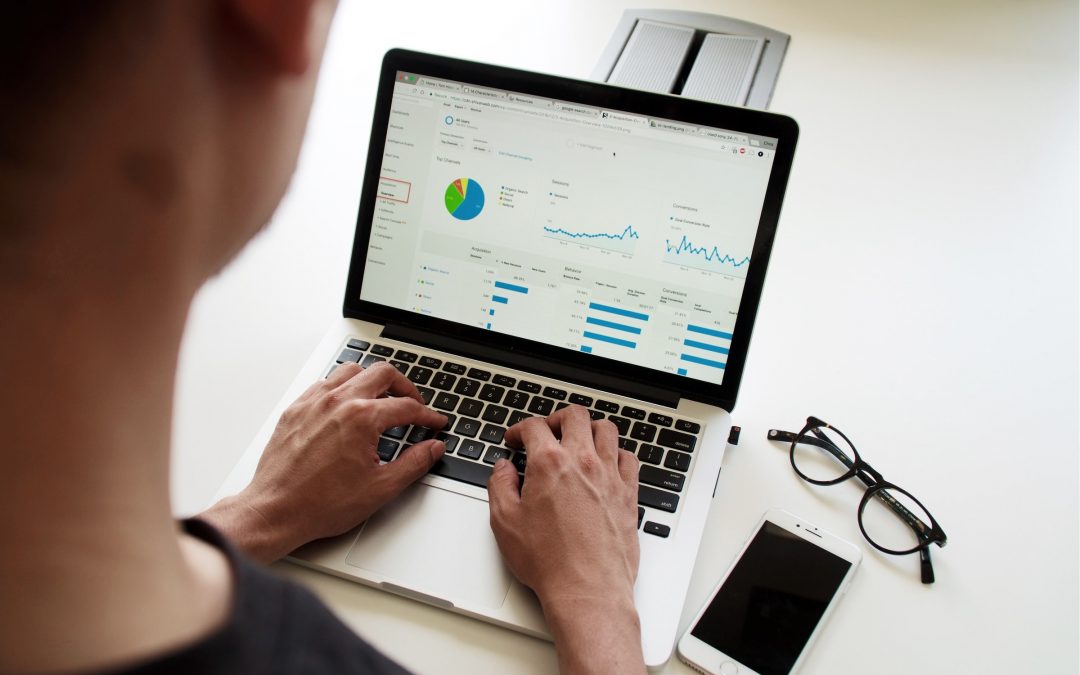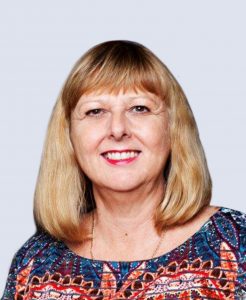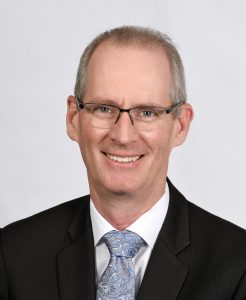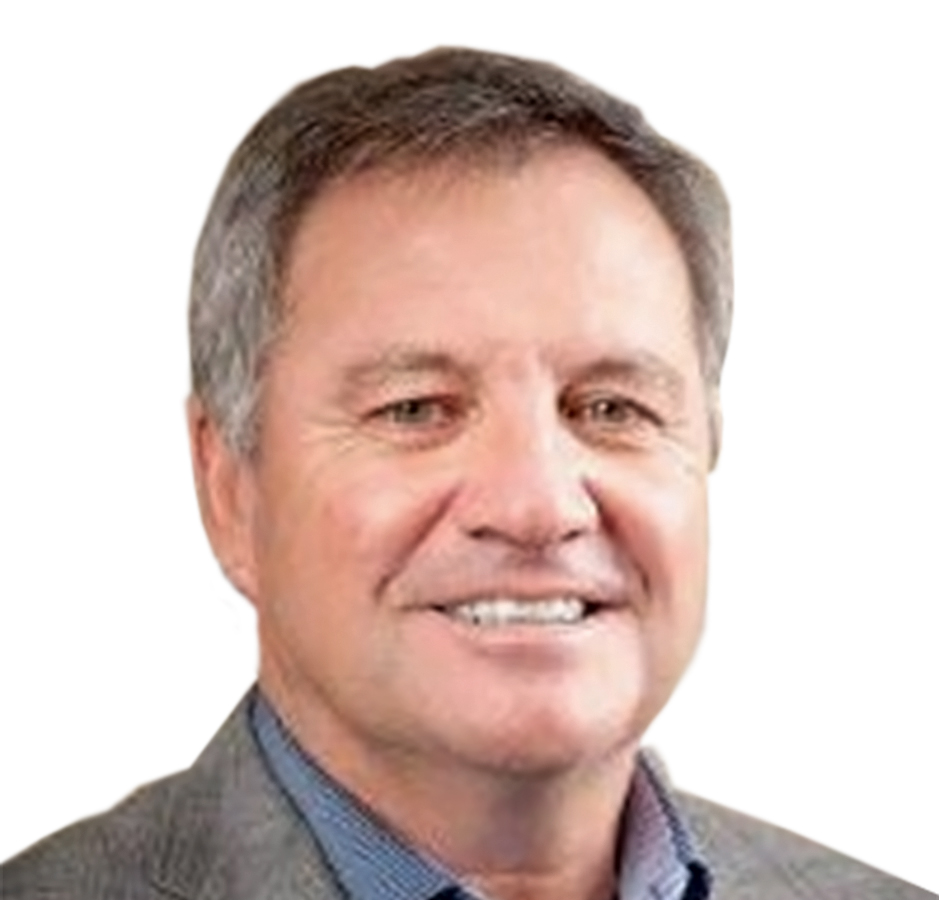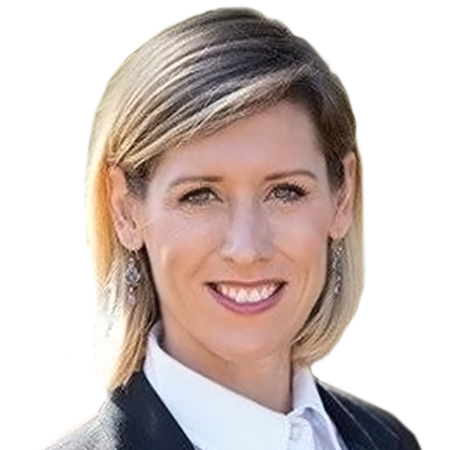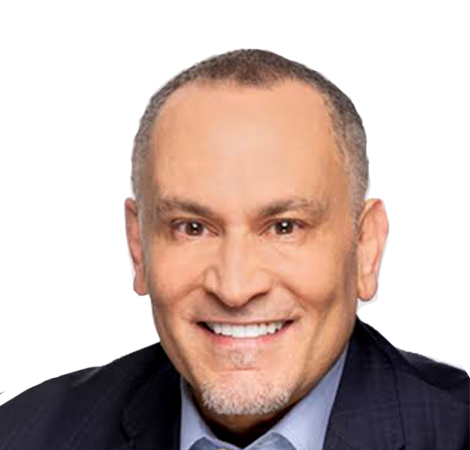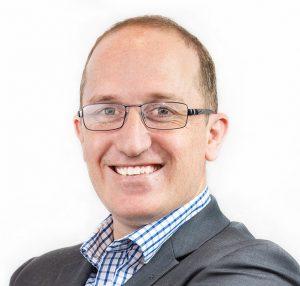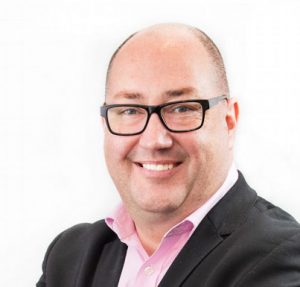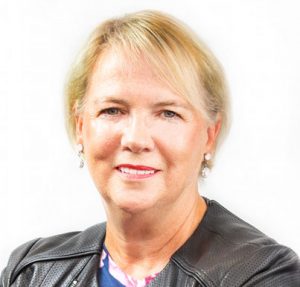Hear Professor Len Gray from the University of Queensland explain how the Digital Health CRC Aged Care Data Compare project will streamline data used in residential aged care settings to help manage, compare and benchmark different providers. Interviewer: Kate O’Toole, ABC Radio Brisbane Copyright: ABC
More information on the project can be found here: https://outgoing.digitalhealthcrc.com/media-release-aged-care-data-compare/
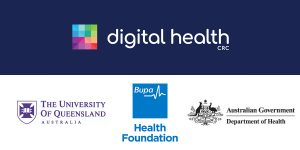
TRANSCRIPT
KATE O’TOOLE
G’day Len. Len, tell me a little bit about the project. How can a data project be all about improving quality of care?
LEN GRAY
Yes it sounds kind of boring, doesn’t it? But just imagine this: if you’re living in Sydney and your mum’s in an aged care facility in Brisbane and on Friday afternoon, she falls and breaks her hip and has to go down to the hospital. And the staff that are on, on Friday afternoon, are not the usual staff; and the GP has gone away for the weekend. And so she’s transported to the emergency department by ambulance and when she arrived, she’s found to be confused and can’t really give a good account of her story.
So the staff there want to know a few of things that would be quite important. For example – is she normally confused? and by the way – was she walking independently before she fell and broke her hip? Because that will indicate what kind of procedure they need to do on her to fix it. Now, that information depends on somebody writing a letter, or writing some notes. And often what comes, is some incomplete information – and often not about the things that I’ve just talked about. So, how can we make sure that when she arrives, all of that information is actually available to the treating people at the hospital. It’s all written in her notes, perhaps on paper or even in a software system at the facility, but they can’t get at it. And it’s probably written down in a way that you can’t send it as a message to the hospital.
So that’s what the project is about is trying to find a way to, first standardise the way these things like walking or bladder continence or confusion, are recorded in the facilities’ notes; and then setting up a system so that they can be sent on request to any other healthcare provider that sharing the care with that person. So that’s it in a nutshell.
KATE O’TOOLE
We do have a big national health data project called My Health Record where all this can be stored.
My Health Record is that idea that essentially all of your health information, if you’ve agreed to it, will be stored in a place that the person who happens to be treating at you at the time can access it so they can see your medical history pretty easily, and with the benefits that you’ve just outlined, essentially. But how does this differ from that?
LEN GRAY
Well, it’s complementary. In other words, what we’re doing would help My Health Record to work better at the moment My Health Record really just has a set of documents or summaries are things that have happened in the past. It probably wouldn’t say whether Mrs. Smith could walk or not, it probably wouldn’t say what her brain function was like the day before she fell over, it would more likely have a list of medications that have been prescribed, maybe a month ago or something, if you’re lucky. So the information tends to be a bit out of date, and it’s probably not got the detail you really need. That’s not to say that’s a bad thing. In fact, what we’re doing will probably in the future, help make My Health Record better, more up to date for information. So these things are complementary. They’re not either/or.
KATE O’TOOLE
So your intention is not for this to sit in My Health Record, because I imagine that the sort of data that you’re talking about would need to get updated all the time. So there would need to be access to this information all the time, which is not how My Health Record works; you don’t normally have, you know, any person able to access that information. Right?
LEN GRAY
No there obviously got to be proper security and authorization procedures around any sharing of data, as is the case with My Health Record. Now really what we’re trying to do is to make sure that the information that’s able to be read in different parts of the health system, with the proper authorization, is right up to date. Even My Health Record has to find a way to send messages from one system to the other. We talk about real time information, like up-to-date information about that person right now. And you do need to do a lot of kind of technical work to let that information be shared amongst the various record systems that people access. So it could be an important way to improve the way My Health Record is used, which is a good thing.
KATE O’TOOLE
Who would be putting all this data into the system?
LEN GRAY
Well, what happens when you go into a health facility people write notes, okay. Maybe the nurses or the doctors or whatever, usually it’s kind of freehand, so it might say Mrs. Smith is able to walk with one person assisting. But to a machine that doesn’t mean much. It’s got to be turned into a data item that says: Mrs. Smith can walk independently, with a stick, with the help of one person, with the help of two people, or couldn’t walk at all. Now, if you record it that way, then it suddenly becomes very useful to machines. And it also can be messaged all over the place as required. So it’s all about the way the staff record information in the facility. Not only is it good for messaging when you do it that way, but just think about this. If you’re thinking of your mum going into that facility, would you like to know how many people in that facility had deteriorated in the last three months as far as their walking is concerned? Or how many people had a fall? Or how many people got depressed over three months? So you probably would want to know that. How are we going to know that without recording information in a standard way? So part of our project is to work towards recording this information, as part of day-to-day care in a very standard way, so it can be used to run analyses as well as to share it.
KATE O’TOOLE
And, are aged care facilities interested in being that transparent, with their health results of their residents?
LEN GRAY
Well, this project is attacking it from a different point of view. For starters, what we want is – and we’re working with aged care providers – to say, well, we’re running a facility and we want to make it better. Now we need to understand how we’re going. How are we doing compared to our neighbours? Or even, if we’re part of a chain, we’ve got four facilities that we operate, which ones are doing better than the others? If we find some are doing better than the others, what are the good ones doing, that the other ones aren’t doing? And can we find room for improvement? Our project aims to set up an environment where providers can look at how they’re going and compare themselves to others – or within their own organisation to find room for improvement. What we’re trying to do is create a culture where people actually try to make things better of their own volition; not because the government’s coming after them to give them a hard time or anything like that. Obviously, we do need to know that the standard is good. But primarily what we’re trying to do is get people providing the care, to really have the information available so they can improve it.
KATE O’TOOLE
What’s the project called, Len?
LEN GRAY
It’s called aged care data compare. Yeah, I call it AC DC.
KATE O’TOOLE
The ACDC Project. I love that. And where is it up to at the moment
LEN GRAY
Well, we started work about a month ago but this is part of an effort we’ve been making for some years. But this funding that we’re getting from the Digital Health Cooperative Research Centre will really accelerate the work. And it’s got some support from the Department of Health – which runs the age care program for Australia – and also from the Bupa Health Foundation. So we’re very grateful to them for contributing to this, it shows that they’re caring about what we want to do and that there’s a significant buy-in so we’re very happy about that.
KATE O’TOOLE
Professor Len Grey, thank you so much for telling us all about the Aged Care Data Compare or the AC DC project, as I prefer to call it. Thank you so much.
—–

